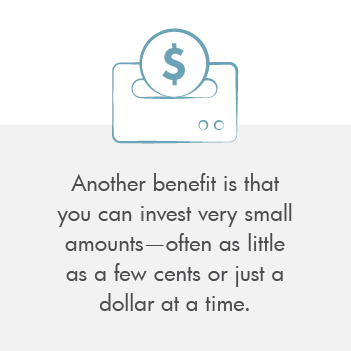Retirement Planning: Maximize Your Nest Egg with Smarter Spending Habits
In This Blog, We'll Talk About: Budgeting: Learn how to create a realistic retirement budget with a fixed income that ...
Read More





